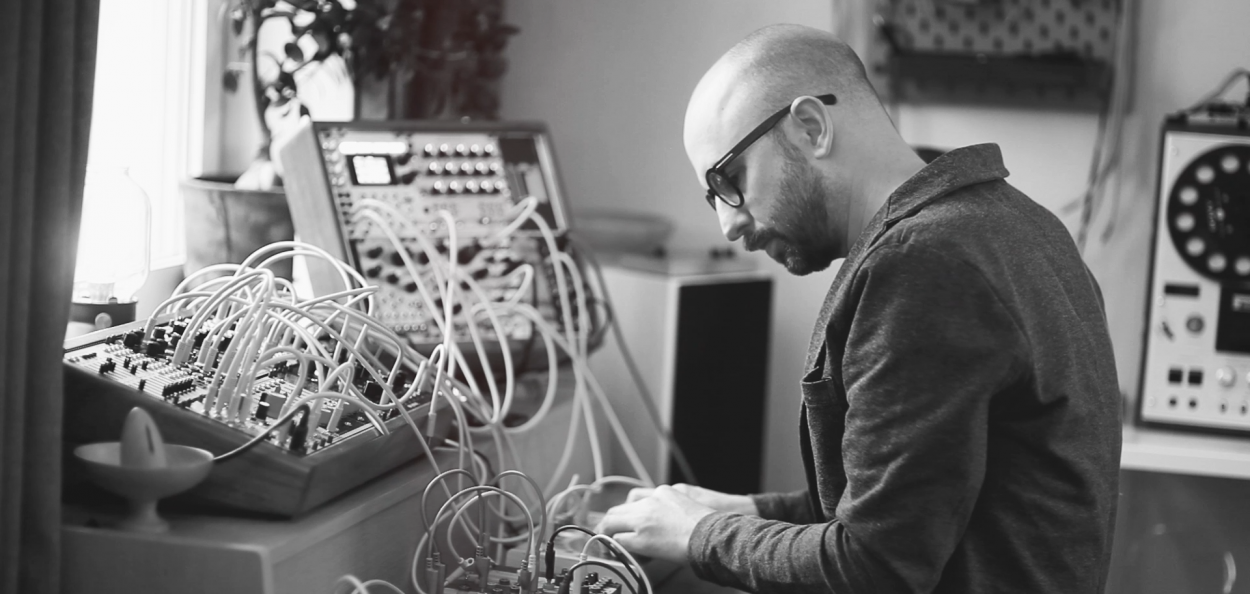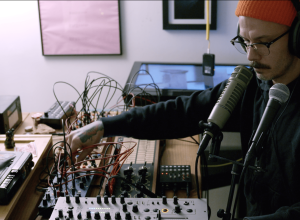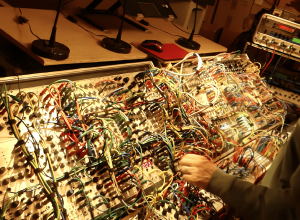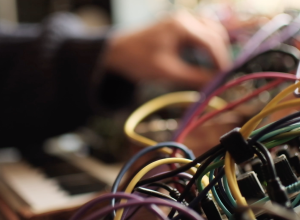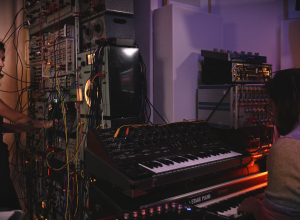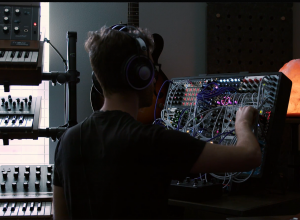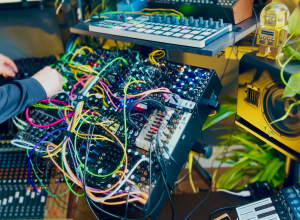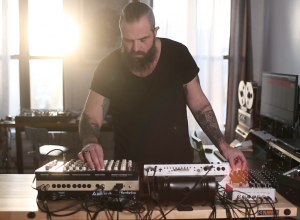The third installment of the Orb Jam Series welcomes the Swedish musician Per Barfot with an ambient studio jam inspired by his visit to Matterhorn Mountain.
“With this piece, I wanted to explore ambient textures by adding layers upon layers, building an arrangement resembling the ascent of a mountain.
It begins with a field recording of cow bells from Duelling Ants sample pack ‘Reise’, recalled by Bitbox Micro. This is followed by a slowly evolving melody on the Verbos Harmonic Oscillator (HO). By emphasizing particular harmonics at different parts of the performance, I was able to create a variety of distinct texture temperaments. The melody goes into Strymon Magneto stereo delay for thick, warm callbacks.
I used Rossum Panharmonium to resynthesize HO, and create long sine wave swells an octave above the melody. This was live-processed through a Nagra III tape loop for a distinct tape warble feel. Whimsical Raps Mangrove plays the bass part.
About one-third of the way in, the piece/climb intensifies. I’m adding another layer of texture with the modulation oscillator of the Rossum Linnaeus filter, which is tracked to the HO melody. This leads into the climax/top where I use the Landscape Devices Stereo Field, an experimental open circuit controller which distorts Mangrove and Panharmonium, and modulates them against each other, creating beautiful chaos.
In the final part, I introduce Ciat-Lonbarde Cocoquantus, that is chewing on a melody from Disting Ex, creating spurs of micro textures (unrecognizable from their original sound), before the piece slowly calms down (and the descent begins).
I did ~8 takes, none of which were perfect, but I finally decided for this one, as I felt it best captured the feeling I was going for.
I named the piece Mætərhɔːrn, 1865. Duelling Ants’ cow bells made me think of Switzerland, perhaps the most beautiful country I’ve been to. And Matterhorn (above spelled with the phonetic alphabet) is the most beautiful mountain I’ve seen. It was first ascended 1865.” — Per Barfot
